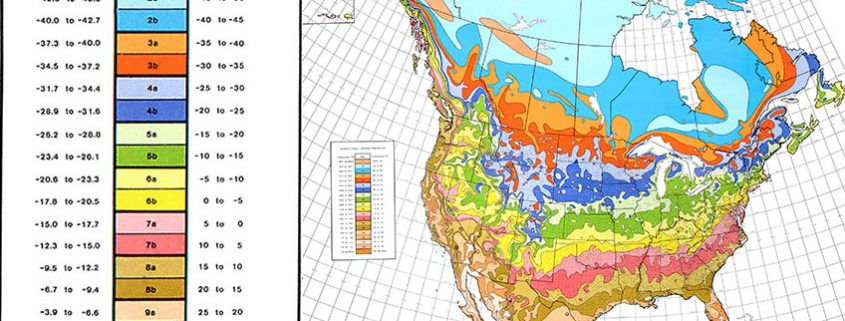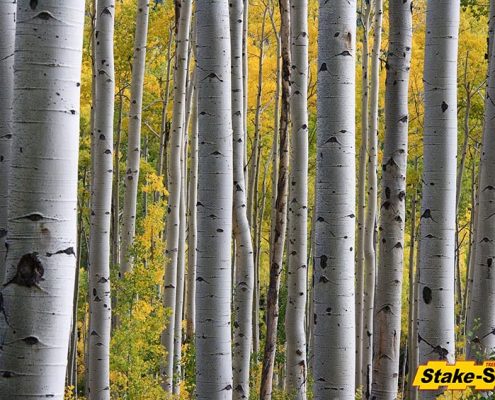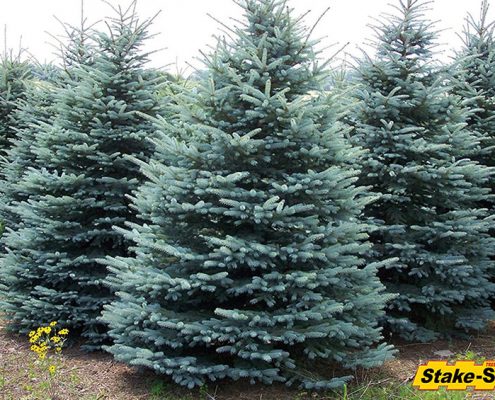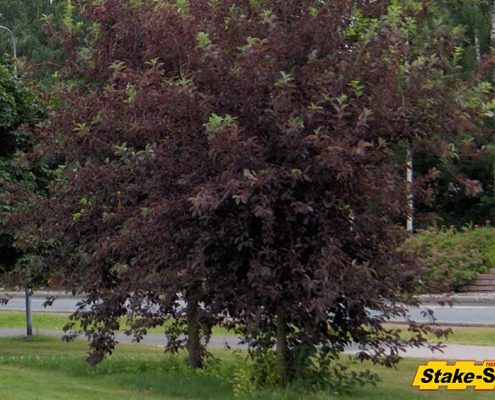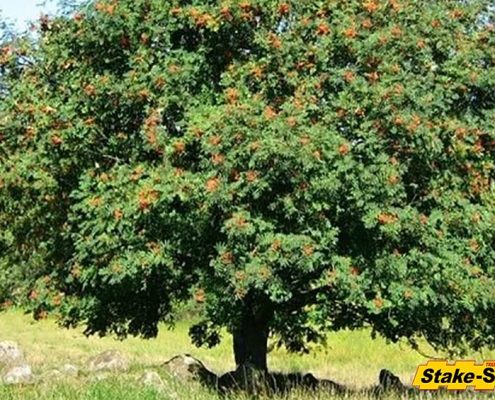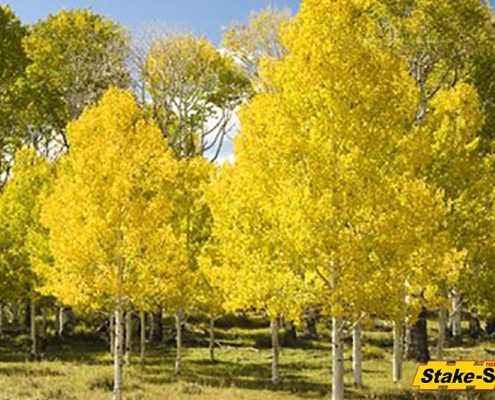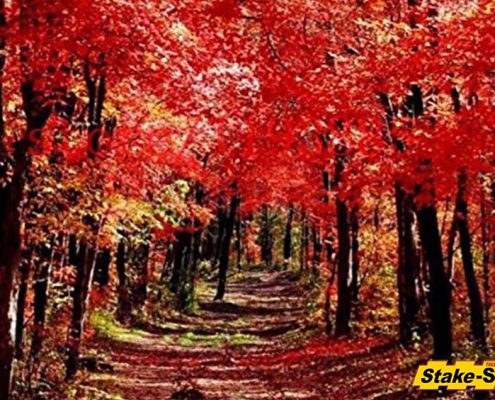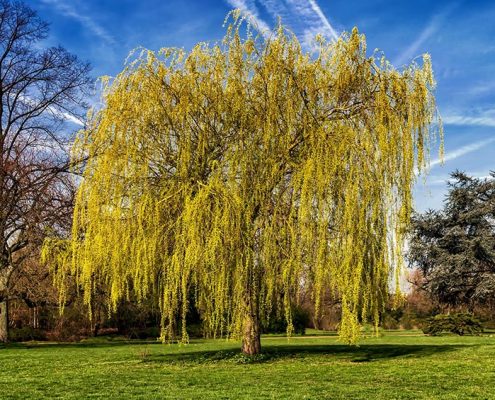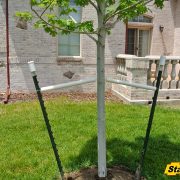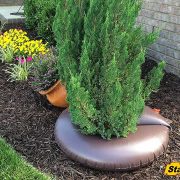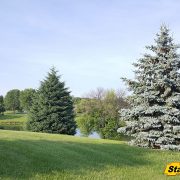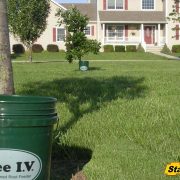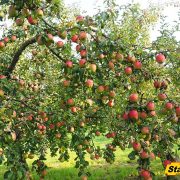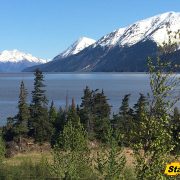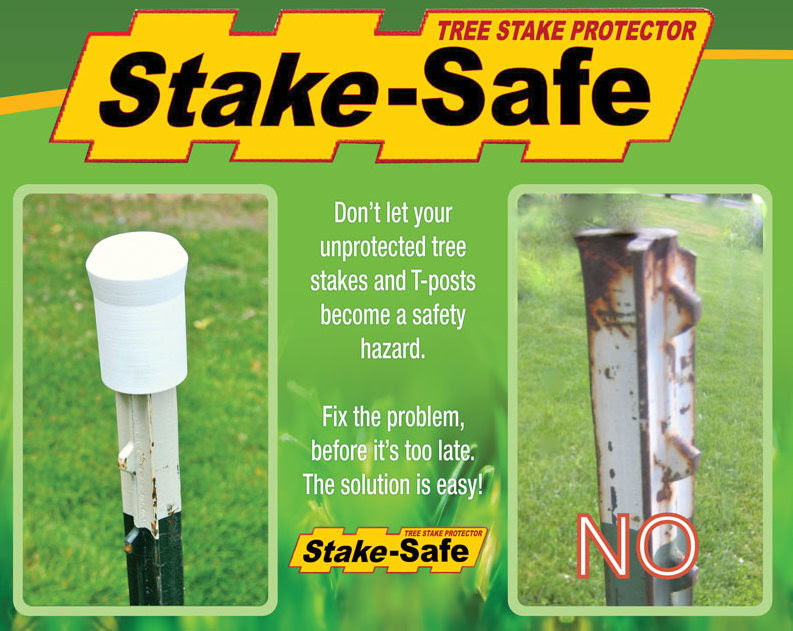Zone 2 Trees | Selection Guide for Planting Trees in Zones 1 & 2
The extreme cold temperatures found in planting zones 1 & 2 are less than ideal conditions for planting most trees. In fact, the list of Zone 2 Trees is quite limited. The number of trees that can survive in Zone 1 is even shorter. Only the hardiest of trees can endure the cold winter temperatures of minus 40 to minus 50 degrees Fahrenheit found in Zone 2. The winter temperatures of Zone 1 are even colder reaching minus 50 to minus 60 degrees in some areas.
To put this into perspective, both zones are pretty much limited to Northern Canada and Alaska. These planting zones are depicted well in the map above provided by the U.S. Department of Agriculture. And let’s be honest, if you live in Zone 1 you’re not likely to spend your free time planting trees. With that in mind, the focus of this article will be on Zone 2 trees.
Zone 2 Trees | Most Common Species
Zone 2 is a very demanding environment for trees but a few varieties can survive. You may find these trees in zone 2: Balsam Poplar, Blue Spruce, Canoe Birch, Chokecherry Tree, Crabapple, Grey Birch, Hardy Chestnut, Mongolian Cherry, Mountain Ash, Paper Birch, Quaking Aspen Tree, Smooth Sumac, Weeping Willow, and the White Birch. Let’s take a more detailed look at three of the most popular Zone 2 Tree species:
Paper Birch (a.k.a. Canoe Birch, White Birch): This is a low maintenance tree that requires very little pruning. It typically grows to a height of 50 foot with a span of 25 to 40 feet. The paper birch is also known as a Canoe Birch. Native Americans and early fur trappers used the tree bark to build lightweight canoes.
Chokecherry: This an extremely hardy tree that bears white flowers. It’s red and purple fruit can be used to make tasty jelly and syrup. The Chokecherry tree displays beautiful colors in fall and is both drought and heat tolerant. Mature trees are about 25 foot tall.
Sumac Tree: Sumac Trees don deep green leaves that transform into a brilliant scarlet color in autumn. The Smooth Sumac is native to the northeastern part of Canada and the U.S., while the Western Smooth Sumac is native to the Rocky Mountains.
Planting Tips for Zone 2 Trees
While the USDA map defines the planting zones, keep in mind that the local environment such as soil conditions, the amount of wind the trees are exposed to, as well as the frequency of rain, will all have an effect on the viability of Zone 2 trees.

